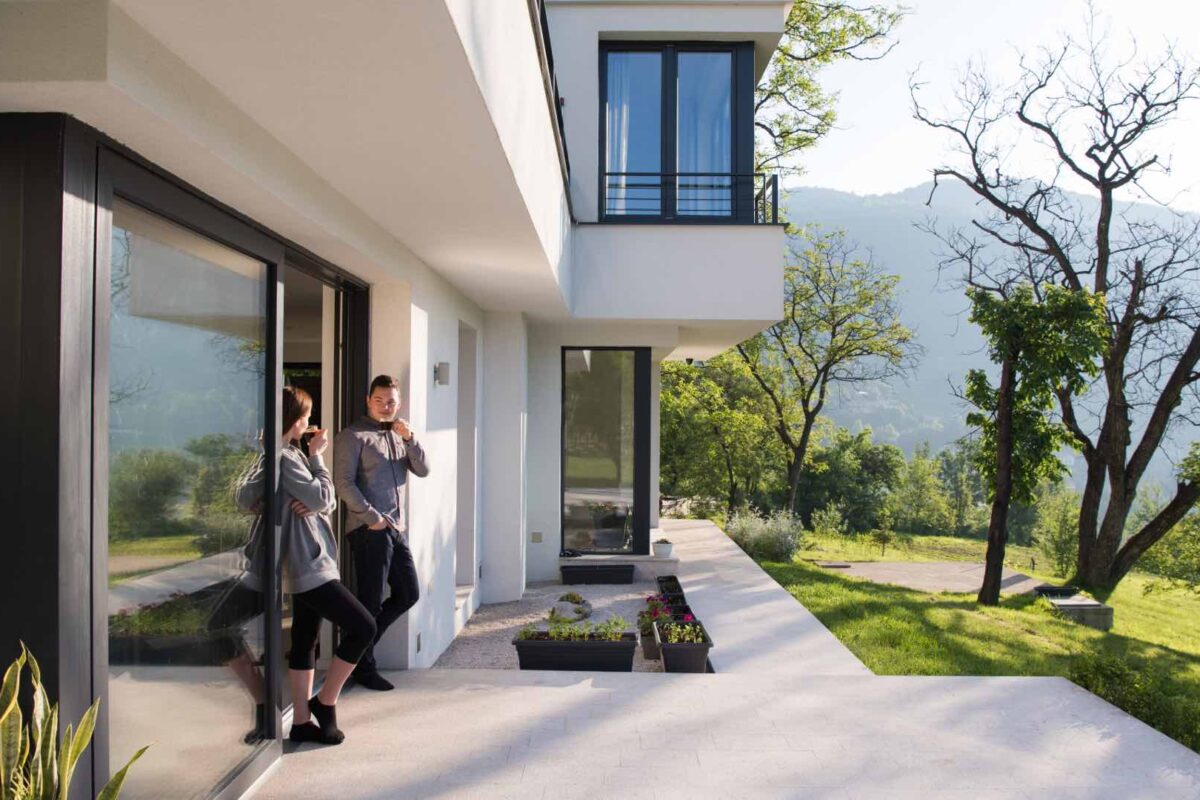The British Standards Institution (BSI) just published ground-breaking guidelines on how to design buildings for neurodiverse people. This includes people with autism, attention deficit hyperactivity disorder (ADHD), dyslexia, and dyspraxia.
It is estimated that 1 in 7 people in the UK are neurodivergent, and a significant number of people find elements of the built environment stressful or uncomfortable. Defined as “sensory overload,” this overstimulation can lead to increased anxiety, fatigue, and poor mental health in the workplace.
The building standards released by BSI, called PAS 6463, are first-of-its-kind and will change how designers, architects, management, and decision-makers chose to create an environment that is comfortable for people who are neurodiverse. This includes adjusting to neurological variations in the way people perceive, process, and organise sensory information received through hearing, sight, touch, smell, taste, or movement.
Building designers and public planners have long been responsible for meeting requirements for those with physical disabilities, but the needs of neurodivergent people and people with sensory and/or information processing differences have not received sufficient aid in the built environment sector, until now.
The PAS 6463, Design for the mind – Neurodiversity and the built environment, directly addresses how to assist building designers in mitigating and eliminating the negative impacts of poorly designed spaces. The scope of the guidelines is all-encompassing, from lighting and acoustics to thermal comfort and wayfinding.
Scott Steedman, Director-General of Standards at BSI said, “Everyone deserves to experience the built environment in a way that supports their general wellbeing and generates better health outcomes. The new guidance within PAS 6463 fills a gap in design practice by addressing the needs of people whose minds process information and experiences differently, extending the benefit of inclusive design to a new and important community.”
Such strong advances for inclusion in the built environment sector have been received warmly. Jean Hewitt, a senior member of the inclusive design team at Buro Happold and technical author at PAS, began work in the industry in 2009 and has long hoped for change.
“My learning throughout the process of developing this PAS leads me to believe at least 30% of the population are negatively impacted by elements that could so easily be adjusted or eliminated during design, procurement, and management without any cost implications. This PAS is an opportunity to ask everyone involved in the built environment to carefully consider this normal neurological diversity of humans rather than just meeting basic regulatory demands – places should be comfortable for everyone to visit and use without encountering emotional distress or difficulty. I’m very excited to have been involved in developing this guidance to help make this the case for many more people.”
Content Team
Work in Mind is a content platform designed to give a voice to thinkers, businesses, journalists and regulatory bodies in the field of healthy buildings.




